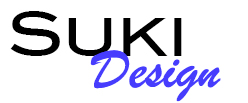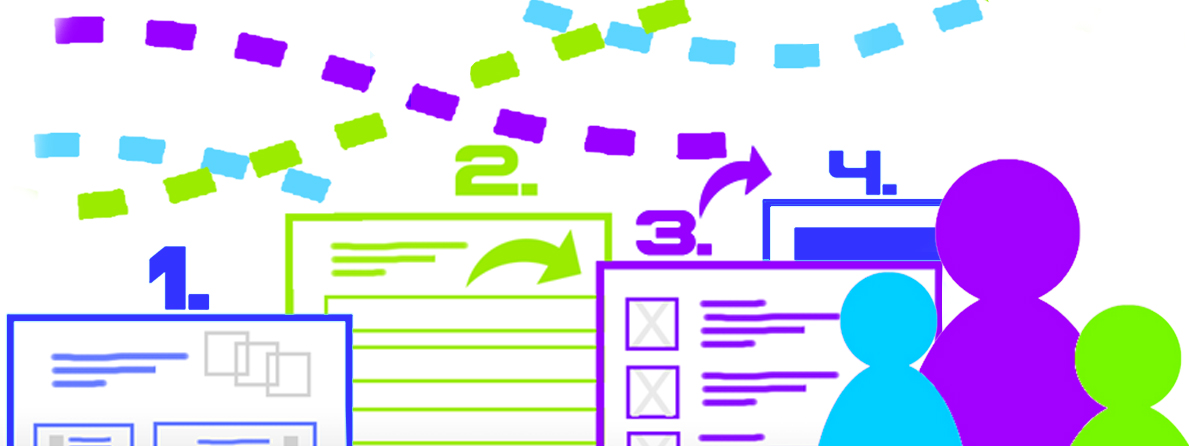In this booming technical world, we encounter so many online experiences while surfing websites, mobile applications, desktop software, and other web applications. The need to create a positive user experience becomes increasingly necessary to consider as all of these interfaces and interactions are being developed.
Why is UX Design so Important?
Although the look-and-feel and branding is of great importance, the UX Design process is of utmost importance to provide a positive user experience. Ultimately a positive experience means better business success. If the users’ experience is positive, then they are more likely to be satisfied and will return again as loyal customers. The goal is to impact behaviors to help users reach their goals by connecting users needs to solutions.
In my past experience, there has been so much emphasis solely on visual design when it comes to designing a new interface. Well, the times have changed, and the need to include a UX Design process is of utmost importance. Planning a technical project ahead is always a better approach.
It all starts with your users’ journey. You will need to establish who your user is!
Who is your user?
You need to understand who your evolving target audience is. A user persona captures your ideal customer profile from data such as demographics and goals, and then you need to predict scenarios of engagement. Once your personas are established, you can better serve your audience goals by catering to those specific users’ expectations.
User Research and Surveys
Another effective way to establish the success of your users’ experience is by observing and studying the interaction of your users during interviews. A successful user researcher can gain valuable insights to what works and doesn’t work for a layout and interaction.
User Journey Mapping and Flow Diagrams
The next step is to take the information that you gathered to create your user personas, and create flow charts that show how your user will travel through your new layout and interface. You can test these flow charts to see if your user agrees that the intended journey is a positive experience. If they have constructive criticism, then you can simply iterate the flow chart with better possible solutions.
Sitemaps and Wireframes
Organizing the hierarchy of your content is also key to a successful user experience. This sitemap hierarchy is a sample walk-through of your interfaces navigation, pages and sub pages, or layers. At this sitemap stage, establish if the organization makes sense and emphasizes the content appropriately, making sure that all content areas are included and addressed. Once the sitemap is tested and approved, wireframes can be created to establish the specific details and visual framework intended for your website, or application interface. Continue testing at this stage to optimize effective usability.
Prototypes and Design
After the wireframes are reviewed, tested, and approved, the design fun begins! Your designer can understand the overall scope of the projects goals by using the persona, journey mapping, sitemaps, wireframes, and branding, to confidently create appealing visual prototypes and mockups. These prototypes can also be further built out as interactive samples for review and testing, using special UX design tools such as InVision. All of these steps are absolutely necessary before handing off to the developers to create code.
A Collaborative Process for UX Designer to Work with Coder before Development Begins
Overall, UX Designers need to collaborate and communicate with developers early in the process to establish any technical constraints or opportunities at the planning stage. It is important that your project goals also fit into budgets, timeline and schedule. There is always project scope creep, so the more planning on paper and the more these UX Design processes are put into place, the more efficient and successful the results of your project outcome.
Is it time to revisit your application’s layout and usability? It’s an important step, and can be very effective to improve your ultimate goals. Think about how usability can be used to improve an experience for your users!
Suki Soltysik

